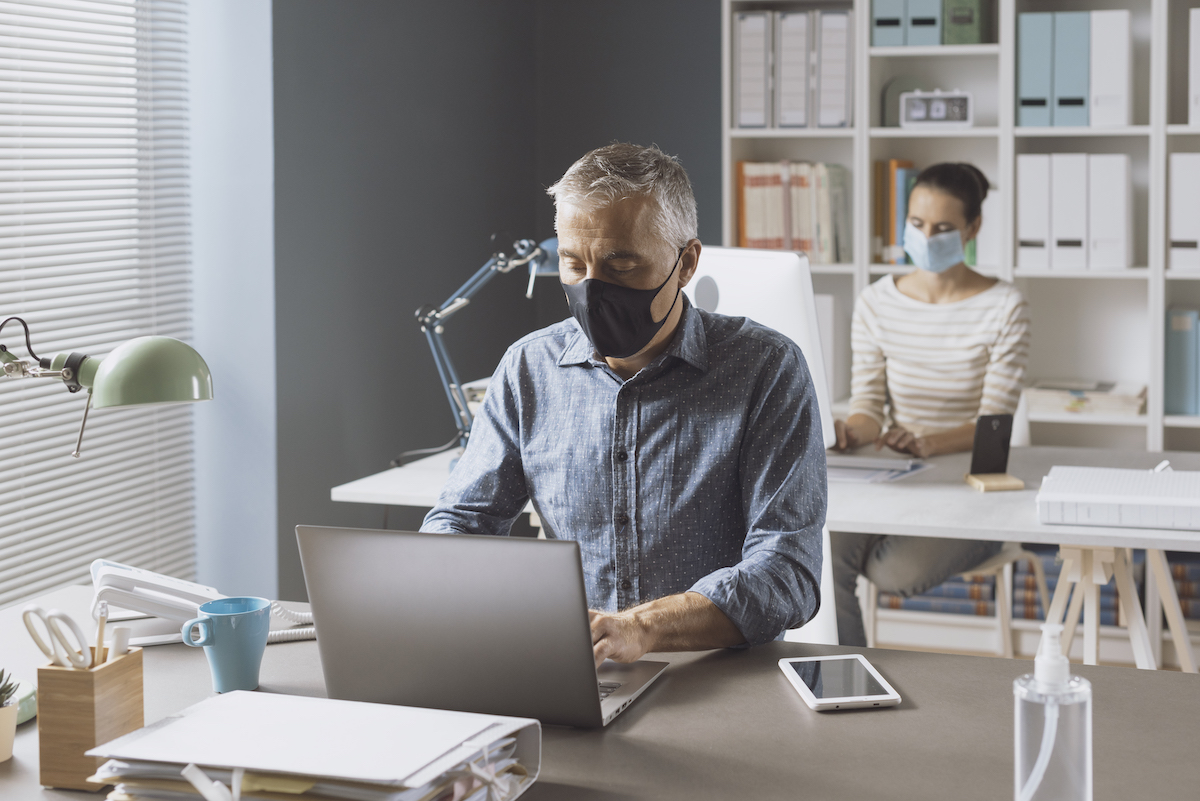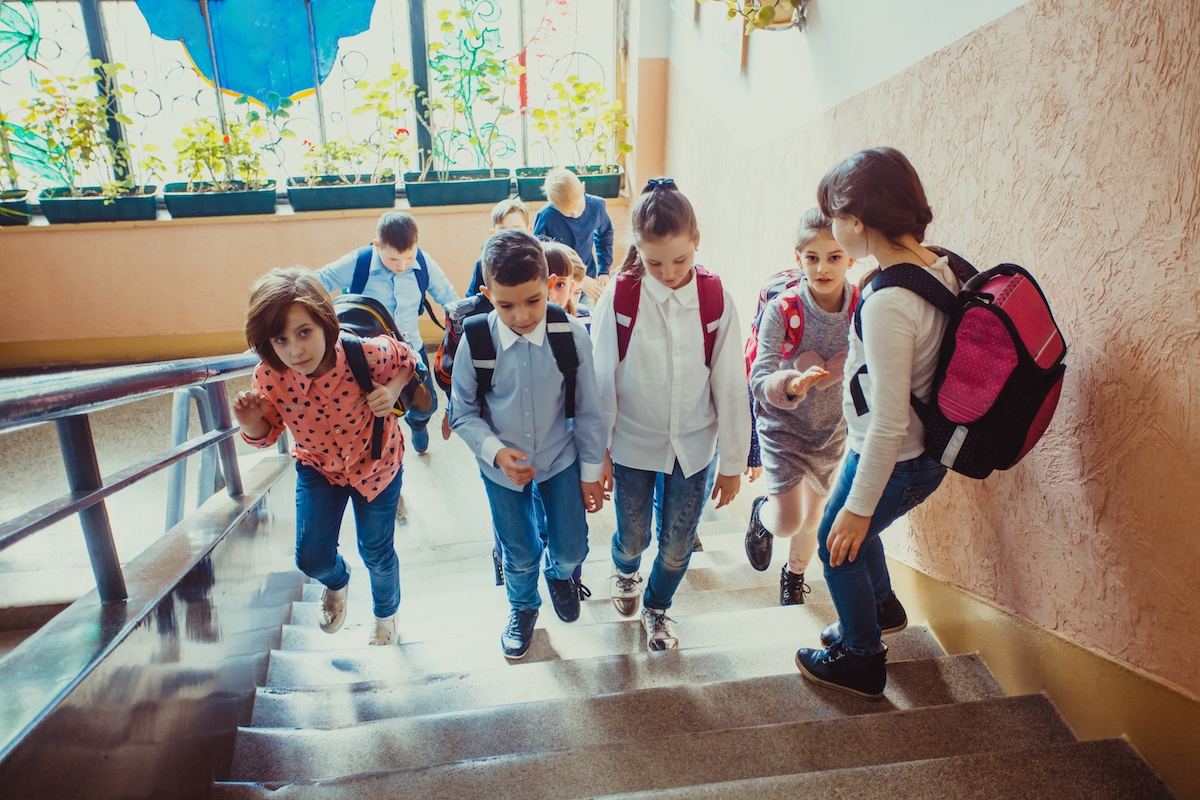If you've ever had the opportunity to visit the Columbine memorial, you probably saw the following quote: "It brought the nation to its knees, but now that we've gotten back up how have things changed; what have we've learned?"
We've learned a lot since Columbine and the numerous school shootings that have occurred since then, yet we are still making mistakes, and everyone keeps asking why, but is it necessarily the "why" or is it the "how": How do we bolster school safety preparedness to prevent tragedies?
Let's take a moment to talk about the shooting at Marjorie Stoneman Douglas. Despite headlines, Marjorie Stoneman Douglas had an emergency plan and was actually prepared for incidents like the one that occurred. They had people patrolling both the inside and outside of the building, they had fences, their people had walkie talkies, yet when those individuals saw the perpetrator (knew he wasn't supposed to be there) and the bag carrying the guns, their brains didn't allow them to react. All of the things they were seeing set off alarms in their brains, but yet they were rationalizing everything they saw, which didn't allow them to alert the teachers, staff, and students within the building.
Are your teachers, staff, and students prepared for when today is not like yesterday?
During a webinar titled "Getting Schools into the Mindset of Safety Preparedness," Dr. Steve Webb walked us through how having a P.A.R.A. mindset can help districts and schools be more prepared for when a crisis strikes. The P.A.R.A. mindset is comprised of four components:
- Preparedness—not just your facilities and classrooms, but the mindset of your teachers, staff, and students.
- Awareness—of your surroundings and of the world our students are living in.
- Responsiveness—the days of boys will be boys and girls will be girls are over.
- Advocacy—the need to advocate for school safety every day or as humans, we’ll get complacent.
Even though Dr. Webb stresses throughout the presentation that advocacy is the most important, we'll still dive into the three other components starting with preparedness.
Preparedness
There are three steps to having a safety mindset 1) use your mind, 2) have a plan, and 3) have a back-up plan. Yet when the day comes to use the actual plan, it’s not the plan we use. Why? Dr. Webb shared several reasons for why this occurs and some of those reasons include complacency—we think it can't happen to us, procrastination—we can do it later, overwhelmed—we have too much to do (especially in a world where we are constantly tasked to do more with less), and certainly fear—of the unknown or losing our jobs.
A good example of this is what would your teachers, staff, and students do if there was a random bag sitting on the floor? Would they look inside it? Would they just ignore it? Or would they report it? For many of us, we would just ignore it because it’s not our business; however it's our facility, and that makes it our business.
Furthermore, what would happen if there was a person outside one of your locked doors trying to get in? Would your teachers, staff, and students let them in thinking they belonged there? And if that individual did get into your building, would anyone stop them? Or would they just assume they are supposed to be there?
These are all different scenarios that you can easily run at your district and schools to help get your teachers, staff, and students into a safety mindset.
Awareness
Let's face it, today's world is different. Gone are the days when a student leaves school and the bullying or violence stops. Today's students are always connected whether through social media, text messages, or other applications that can allow bullying and violence to continue. But as adults, we need to be able to identify when something is different or becomes too traumatic for a student to the point it's affecting them.
According to Education Week, there were 25 school shootings last year (and we heard all about them), yet we hear little to nothing about the thousands of kids and young adults that committed suicide last year even though there’s a direct connection between school violence and a student’s mental health.
So what are you doing to help identify the students within your schools that are "at risk" of potentially hurting themselves or someone else? A lot of times identifying these individuals are not as clear-cut as one would think. What's normal? And who is the best person to define what that is? To help illustrate this further, let's take a look at these two individuals:
Dylan Klebold (Columbine High School) was visibly angry and made it well known through videos that he was going to hurt the bullies at his school, while Nicole Cevario (Catoctin High School) was an honor student with a good family, and was well supported, yet she wanted to become the first female school shooter.
Both of these individuals wanted to cause harm, but they came from very different backgrounds, and as adults, we don't know what things are out there affecting our students. This is mostly because today’s children don’t want us to know, and with technology things change so rapidly making it difficult to keep up with all of the different things that allow students to achieve whatever they want regardless of our best efforts to keep them safe, which brings us to responsiveness.
Responsiveness
Once you're aware of what is going on, how do you respond to it, how do you change the way your teachers, staff, and students conduct themselves?
There are countless training courses you could employ like ALICE and run-fight-hide, but those types of actions are only helpful if your teachers, staff, and students are prepared to react. You could also conduct student threat assessments (or behavioral assessments) to help identify "at risk" students in the attempt to prevent situations from occurring. Working with anonymous helplines to provide support to teachers, staff, and students is also a tactic worth employing, especially in rural areas where individuals may not want others to know they are seeking help or mental health professionals are just few and far between.
Advocacy
When it comes to school safety, every little thing makes a difference. If you do nothing to improve the safety of your district and schools, then you've done nothing to help keep your students safe. To help drive the importance of this further, Dr. Webb referenced the Marshall County School shooting. For those of you not familiar with this incident, Mason, one of the victims, was shot during the shooting, but luckily he survived thanks to a quarter of an inch, reinforcing the fact that sometimes the smallest of acts can make all of the difference when looking for ways to improve the safety of your schools.
For a more in-depth look into the P.A.R.A. mindset, be sure to watch our on-demand event and check out Dr. Steve Webb’s book "Education in a Violent World.












No Comments Yet
Let us know what you think